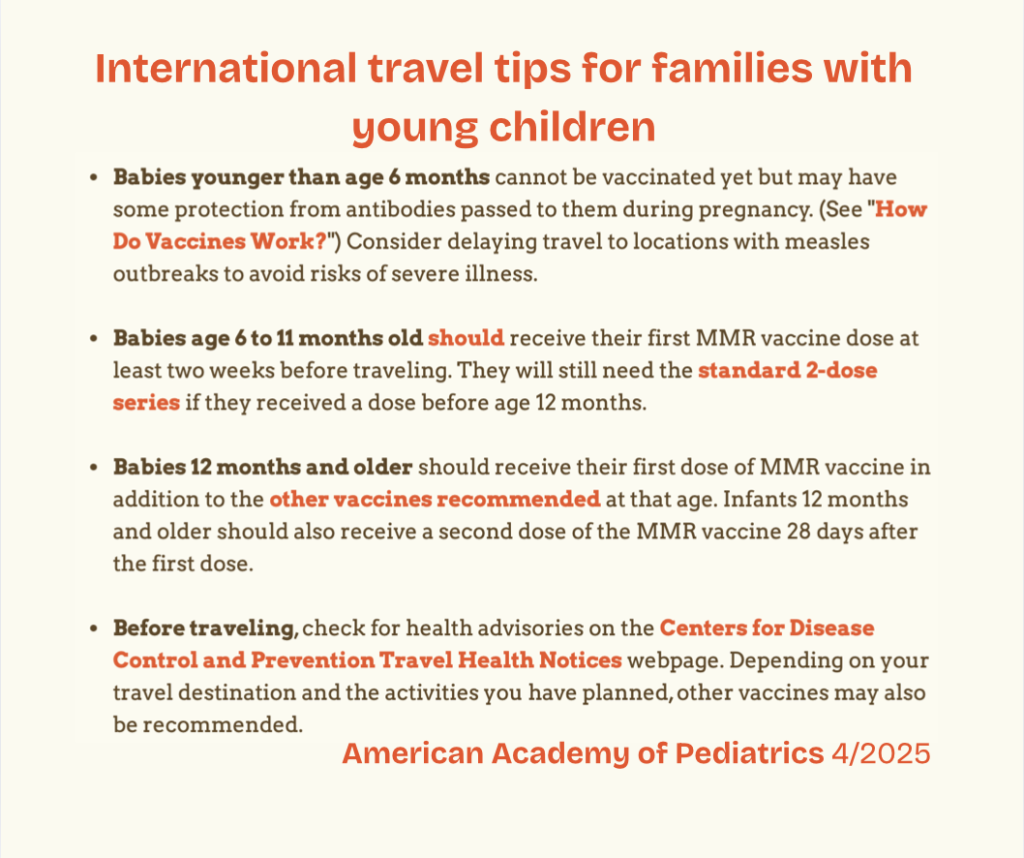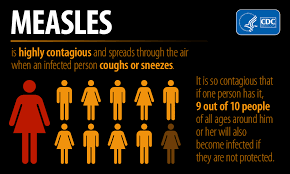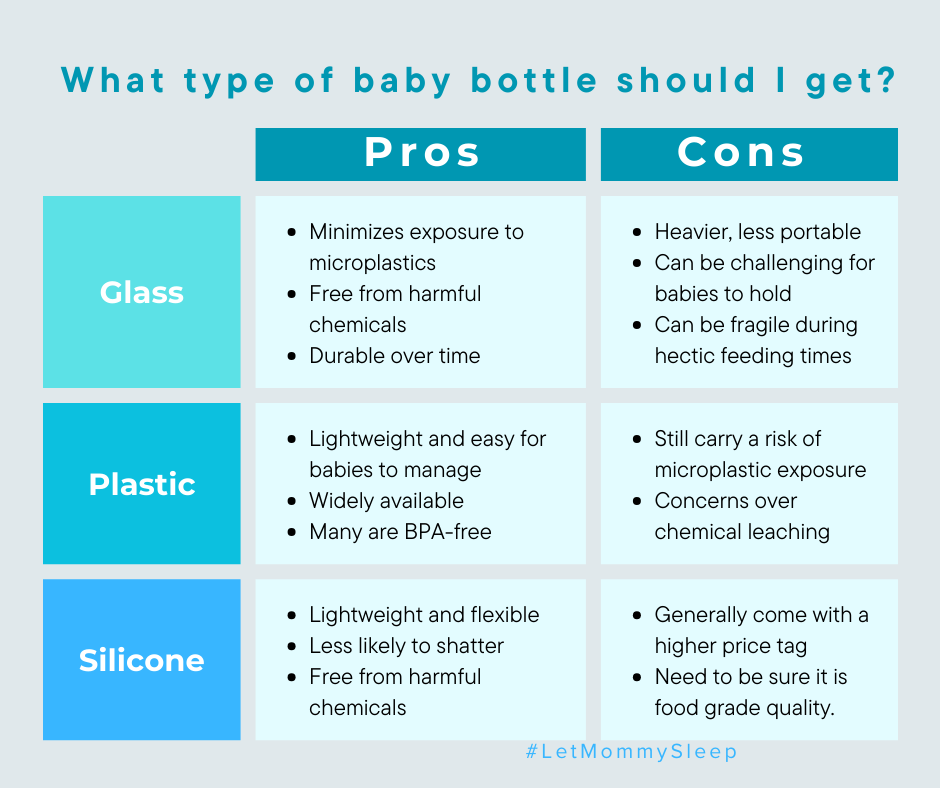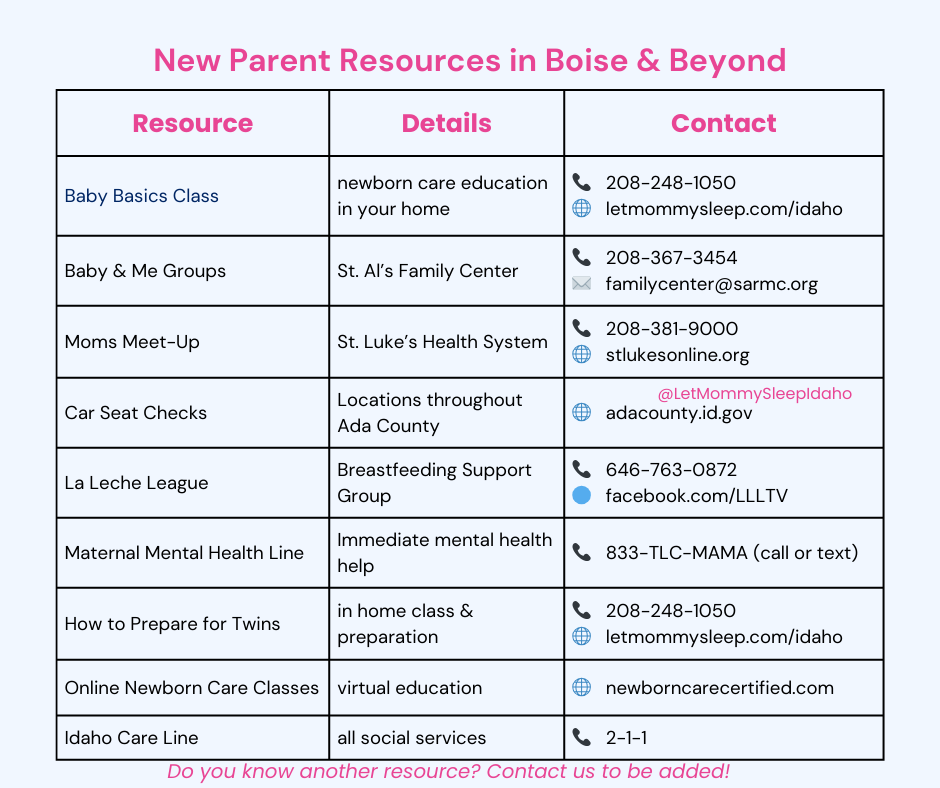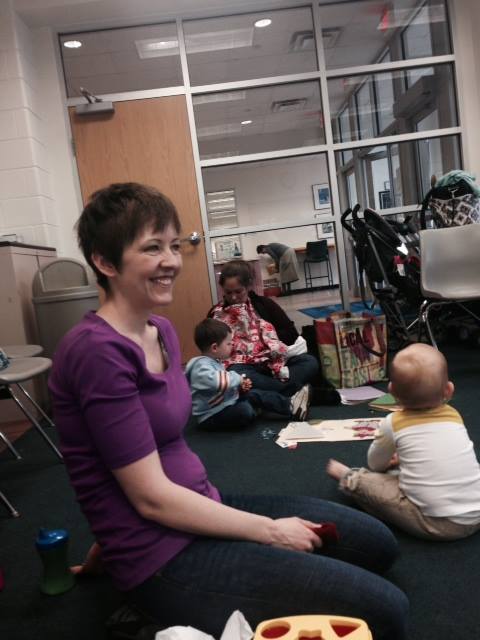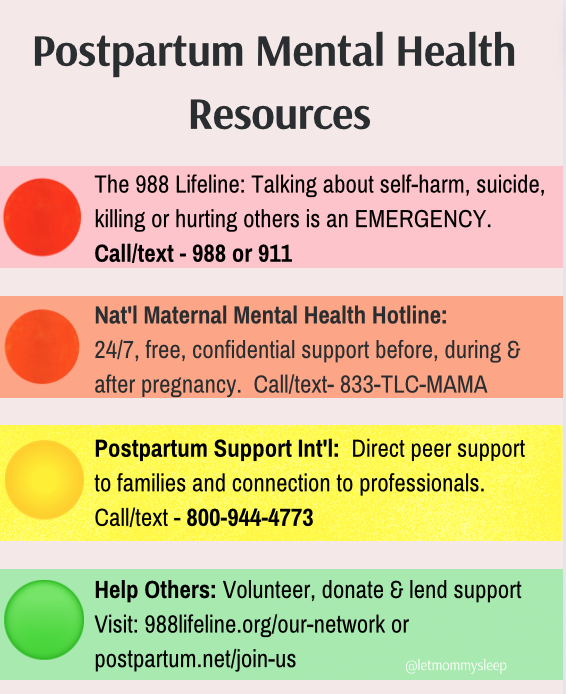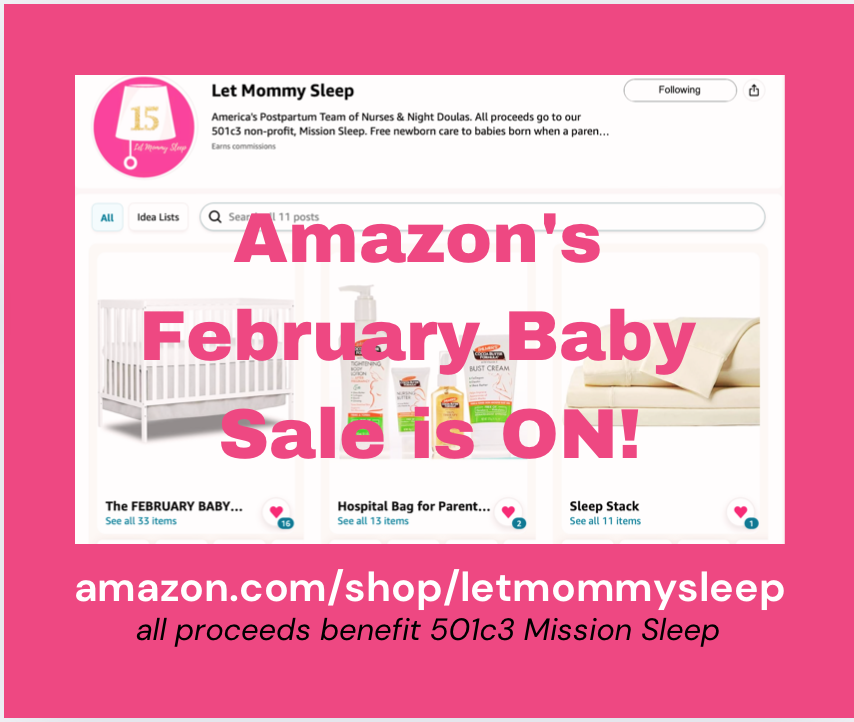Is a night nanny worth it if you’re breastfeeding? And if you’re already waking to feed, do you really need help? Yes. Even when one parent is nursing, overnight support can give both parents more rest. Drawing on hundreds of families and guidance from our RN and IBCLC Advisory Board, we’ll show you how sleep adds up in, Breastfeeding? Yes You Get More Sleep with a Night Nanny.

Breastfeeding? Yes You Get More Sleep with a Night Nanny
During the “sleepy newborn” phase, babies go right back to sleep after eating. Sometimes they even need help staying awake when nursing. These first weeks mean that a night doula can help by doing all of the diaper changes, soothing, cleaning, lactation support and more. As your baby grows and matures, you’ll see they get much more wakeful around 6-7 weeks old. Now your night nanny is still doing all the usual tasks, but is spending a LOT more time holding and soothing your baby. That sleepy newborn is now awake and alert and rarely ready to go right back to sleep after feeding.
Here’s the breakdown of how much more sleep the nursing parent receives when the other parent or a night doula takes on newborn care aside from the feeding.
- Burping and diaper change ~10 minutes, this might include a change or clothing or new sheet in the bassinet
- Soothing back to sleep ~20-40 minutes, the amount of time awake increases with age
- Settling back down yourself ~10 minutes, getting yourself a drink or snack, using the restroom and switching gears to sleep mode takes time too.
Note that this does not include washing and sterilizing a breast pump, and labeling and storing pumped milk. Benefits of sleep are even greater when a night doula, and not a parent, does these tasks.
Using data aggregated from families supported by Let Mommy Sleep, the total time saved here is: 40-60 minutes per feeding cycle. No multiply by how many feeding cycles happen per night: 2–3 feeding cycles per night add up to 2–3 additional hours of uninterrupted sleep.
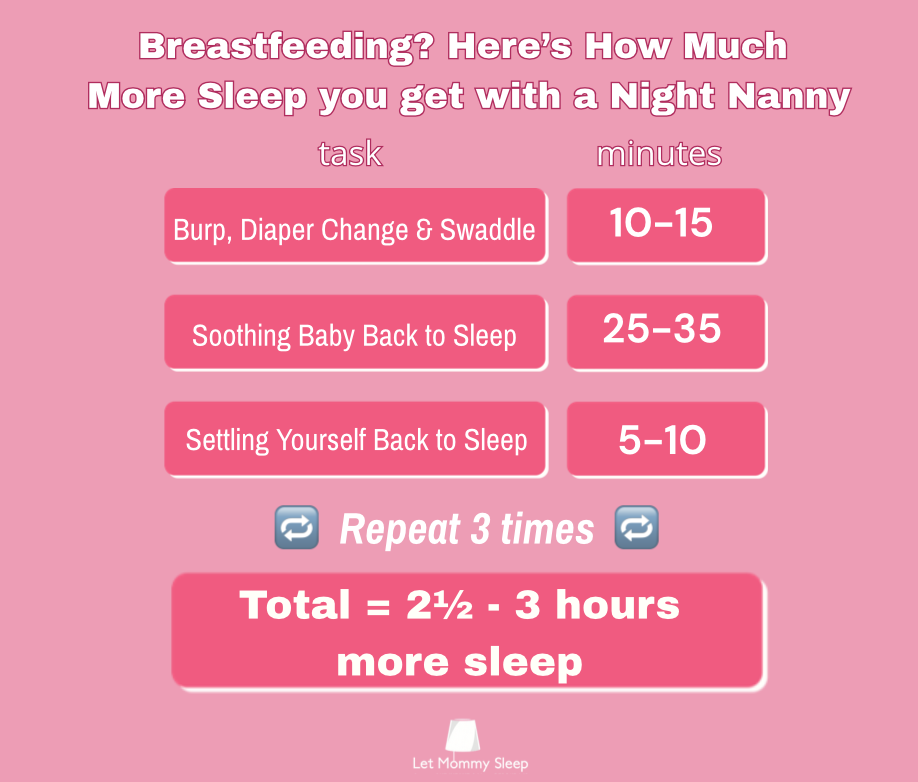
How else do night doulas help when you’re breastfeeding?
Sleep directly benefits birth mothers (NIH, April 2011). More sleep means stronger immune systems, less chance of accidents and being present for work and older kids during the day. And when you have a night doula, these benefits also extend to partners making your family unit stronger and healthier.
Here are 3 more ways your night doula benefits nursing mothers:
- You Stay in Sleep Mode – Bringing baby to you to nurse and then doing all the baby care after the feeding session means that you never have to leave your bed. Eliminating getting up and down means that your body is given more chance to heal. And while you stay cozy and focused on nursing, a night doula handles the cleanup and prep for the next wake-up. It’s real rest and recovery.
- Lactation Support for Baby and for You – The night nanny will have experience with breastfeeding support and in the early days can help with latch and overall support. This support includes ensuring that you have the healthy snacks, water and anything else you need within arms reach.
- Dealing with the Pump and Milk – If you’re pumping overnight, a night nanny helps make the process smoother and less exhausting. While you pump, we handle bottle prep, labeling and storing milk, cleaning pump parts, and caring for baby in between. You don’t have to get out of bed and you can use the time you’d spend cleaning on SLEEP.
We hear it all the time but just because you’re feeding baby doesn’t mean you have to do everything overnight. Babies do a lot more than just nurse overnight especially as they get older. If you’re nursing it shouldn’t be seen as a luxury to have a helping hand. In fact it’s also a safety decision. According to the AAP, 28.4% of mothers reported falling asleep while nursing in the 2 week span of the study. New parents supported by a night nanny or doula are more likely to follow safe sleep guidance, reducing risks while getting extra rest.
FAQs About Night Nannies and Breastfeeding
Q: Does having a night nanny help if I’m exclusively breastfeeding?
A: Yes. Even if you’re nursing, a night nanny or doula handles diaper changes, soothing and cleanup, allowing you to stay in bed and gain 2–3 extra hours of sleep per night.
Q: How does a night nanny support lactation overnight?
A: Night doulas help with latch, troubleshooting issues, pumping prep and cleaning, storing milk properly and keeping water/snacks nearby, letting nursing parents rest while ensuring baby care continues.
Q: How much time can I realistically save overnight with a night nanny?
A: Typically 40–60 minutes per feeding cycle, adds up to 2–3 extra hours of sleep across 2–3 nighttime feedings from 10pm-7am.
Breastfeeding? Yes You Get More Sleep with a Night Nanny – About this Data
Families supported by Let Mommy Sleep since 2010 report improved daytime focus, mood and overall well-being. All guidance like this is informed by Let Mommy Sleep’s team of certified night doulas, the RN Advisory Board and from supporting thousands of families since 2010. We also break down more misconceptions about having a night nanny in this blog, The Truth About Overnight Newborn Care: Debunking Common Myths About Night Doulas.
If you’re an aspiring postpartum night doula, visit Newborn Care Certified, the educational division of Let Mommy Sleep to learn about working with us.

